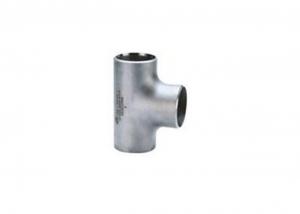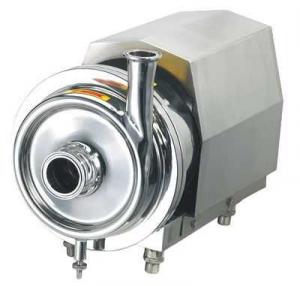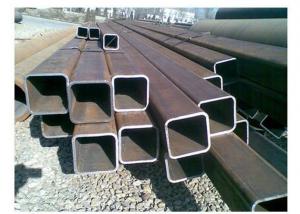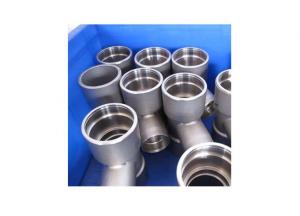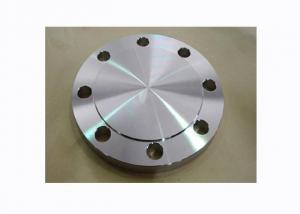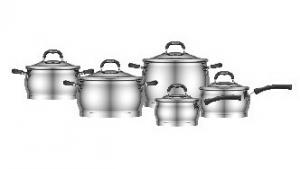Stainless Steel Thermo
Stainless Steel Thermo Related Searches
Stainless Steel Thermos Thermos Stainless Steel Stanley Stainless Steel Thermos Stainless Steel Stanley Thermos Stainless Steel Heater Stainless Steel Hardware Heat Treating Stainless Steel Stainless Steel Refrigeration Stainless Steel Fan Melting Temp Stainless Steel Stainless Steel Toaster Stainless Steel Tank Stainless Steel Tap Stainless Steel Top Stainless Steel Cool Stainless Steel Iron Stainless Steel Spa Stainless Steel Tubeing Stainless Steel Tub Stainless Steel Door Stainless Steel Home Kitchen Stainless Steel Storage Chrome Stainless Steel Stainless Steel Roof Stainless Steel Bathtub Stainless Steel Kitchens Kitchen Stainless Steel Stainless Steel Hot Tub Stainless Steel Trim Stainless Steel ToastersStainless Steel Thermo Supplier & Manufacturer from China
Stainless Steel Thermo is a range of high-quality temperature measurement and control products, designed to provide reliable and accurate readings in various industrial and commercial applications. These products include thermometers, thermocouples, and temperature sensors, all made from durable stainless steel materials to ensure long-lasting performance and resistance to corrosion. The usage scenarios for Stainless Steel Thermo products are vast, encompassing industries such as food and beverage processing, pharmaceuticals, HVAC, and manufacturing. These products are essential in maintaining optimal temperature conditions, ensuring safety, and enhancing efficiency in various processes.Okorder.com is a leading wholesale supplier of Stainless Steel Thermo products, offering a comprehensive inventory to cater to the diverse needs of clients across different sectors. With a commitment to quality and customer satisfaction, Okorder.com ensures that the Stainless Steel Thermo products they supply meet the highest industry standards. By partnering with reputable manufacturers, Okorder.com guarantees that customers receive top-notch products at competitive prices, making them the go-to destination for all Stainless Steel Thermo requirements.











